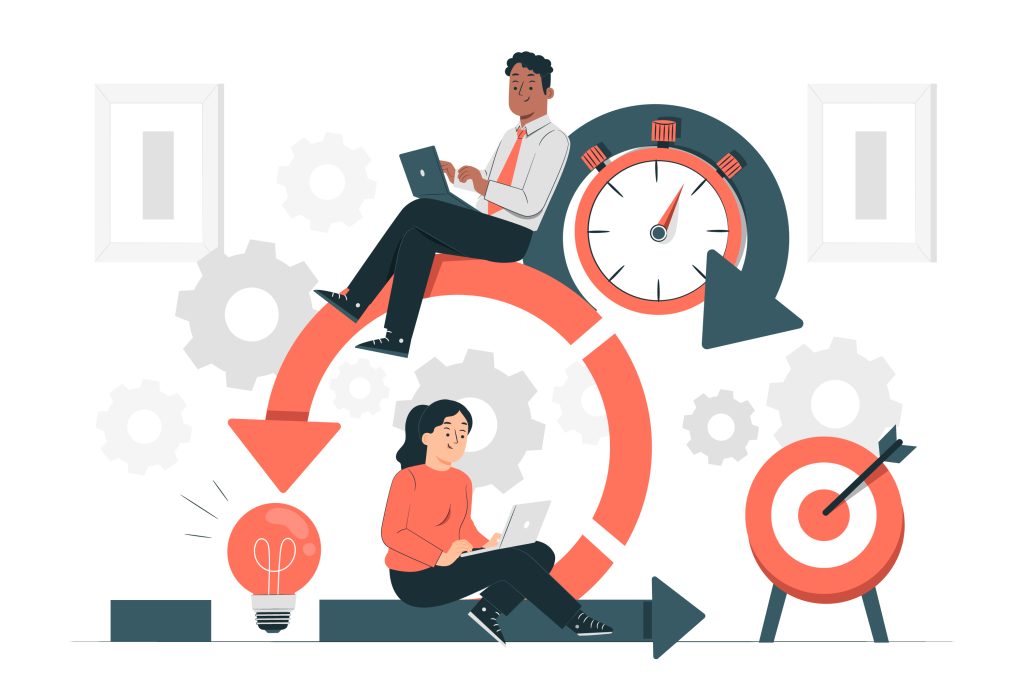In an era where productivity is prized above all, taking time off feels almost sinful. But science—and common sense—tell a different story. In fact, clarity requires downtime. Without it, our minds become cluttered, our decision-making degrades, and creativity dries up.

The Myth of Constant Productivity
We’ve been conditioned to believe that more hours worked equals more results. But research says otherwise. According to a Stanford University study, productivity per hour declines sharply when a person works more than 50 hours a week. After 55 hours, productivity drops so much that putting in any more hours is essentially useless (Pencavel 2014).
How the Brain Benefits from Breaks
When you’re always on, your brain doesn’t get the chance to process information, solve problems creatively, or consolidate memory. Downtime allows the Default Mode Network (DMN) in the brain to activate. This network is associated with introspection, memory consolidation, and even problem-solving when you’re not actively thinking about a task (Raichle 2015).
Key Benefits of Mental Downtime:
- Enhanced Creativity: Great ideas often strike when we’re not actively working—think shower thoughts or solutions during a walk.
- Improved Focus: Regular breaks reduce cognitive fatigue, sharpening your focus when you return to work.
- Better Memory: Downtime helps consolidate memories and integrate new information more effectively.
Digital Detox: More Than a Trend
Constant connectivity through smartphones and laptops leaves little room for real rest. According to the American Psychological Association, 65% of Americans say they somewhat or strongly agree that periodically “unplugging” or taking a “digital detox” is important for mental health (APA 2023). Yet, few actually do it.
Making time for tech-free periods—even short ones—can drastically improve clarity. Try scheduling just one hour each evening to disconnect. The cumulative benefits are profound.
Case Study: Tech Giants Embrace Downtime
Ironically, some of the busiest workplaces are now actively promoting downtime. Google famously allows employees 20% of their time to work on side projects—not because it’s generous, but because it boosts innovation. Similarly, Microsoft Japan tested a four-day workweek and saw productivity jump by 40%.
These companies recognize that downtime isn’t a luxury—it’s a strategic asset.
Practical Ways to Embrace Downtime
Making downtime part of your daily rhythm doesn’t mean doing nothing. It means giving your mind the space to recharge and reset. Here are practical tips:
- Time-Block Rest: Just like meetings, schedule downtime. Treat it as non-negotiable.
- Take Walking Breaks: A 10-minute walk without your phone can clear your mental fog.
- Practice Mindfulness or Meditation: Even five minutes can reduce stress and enhance focus.
- Declutter Your Calendar: Leave white space in your day. Avoid back-to-back meetings.
- Adopt the 90/20 Rule: Work in 90-minute focused bursts, followed by a 20-minute break.
The Role of Sleep
It’s impossible to talk about clarity and downtime without mentioning sleep. Sleep isn’t just rest; it’s active brain maintenance. It clears toxins, consolidates memory, and resets emotional states.
The National Sleep Foundation recommends 7–9 hours of sleep per night for most adults. Sleep-deprived individuals not only perform worse cognitively, but their ability to assess their own performance is also impaired—a dangerous double whammy (Walker 2017).
The Danger of Always Being “On”
When downtime is neglected, burnout follows. The World Health Organization classifies burnout as an occupational phenomenon caused by chronic workplace stress that hasn’t been successfully managed.
Symptoms include:
- Mental fatigue
- Lack of motivation
- Decreased performance
- Cynicism or detachment
In contrast, structured rest boosts resilience, morale, and long-term performance.
Conclusion: Clarity Isn’t a Luxury—It’s a Necessity
In the digital age, being busy is glorified. But true clarity—mental, emotional, strategic—requires intentional downtime. The next time you’re stuck, tired, or overwhelmed, don’t push harder. Step back. Disconnect. Let your brain breathe.
Because in that stillness, clarity often finds its voice.
References
- Pencavel, J. (2014) The productivity of working hours. Available at: https://onlinelibrary.wiley.com (Accessed: 26 June 2025).
- Raichle, M.E. (2015) The Brain’s Default Mode Network. Available at: https://www.annualreviews.org (Accessed: 26 June 2025).
- American Psychological Association (2023) Stress in America 2023: Unplugging to Recharge. Available at: https://www.apa.org (Accessed: 26 June 2025).






